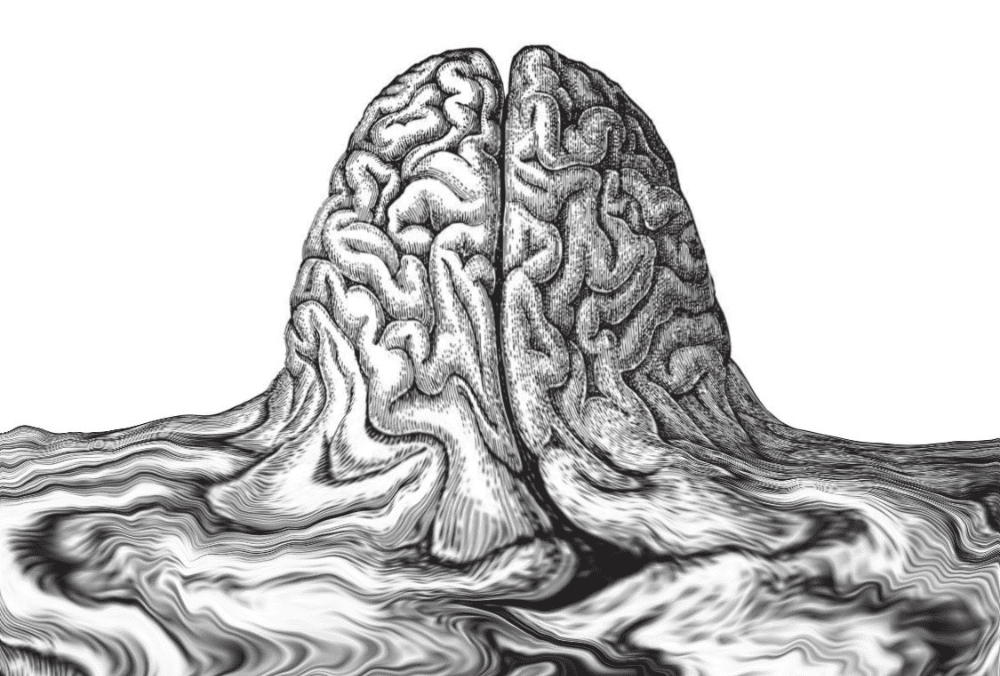Kaitlyn Hiller’s latest album, For My Sanity, is a raw, unflinching exploration of mental health, personal growth, and the strength it takes to overcome life’s darkest moments. With a sound that seamlessly blends pop, post-hardcore, and EDM influences, Kaitlyn Hiller‘ s music is both intensely personal and universally relatable. In her songs, she confronts struggles with self-doubt, toxic relationships, and the haunting echoes of past trauma. But it’s not just about the battles—it’s about resilience, empowerment, and the catharsis found through creative expression.
In this interview, we dive into the emotional journey behind For My Sanity, exploring how Kaitlyn’s early experiences with adoption, spiritual visions, and mental health shaped both her artistry and the deeply powerful tracks that make up her album. We’ll talk about her healing process through music, the catharsis of creating songs like “Monsters” and “Forgive Yourself,” and how she uses her graphic design background to visually capture the emotions of her music.
Kaitlyn, your journey has been incredibly unique, filled with both profound challenges and personal growth. Can you share how your early experiences, from your adoption to the visions and energy sensing you began to experience, shaped your creative process today?
Having those sensations at such a young age really shaped me for the years that would follow. I grew up believing in ghosts and the spirit world. This fueled my creativity and curiosity very heavily as I began writing of what that world might be like.
Your new album For My Sanity is both deeply personal and empowering. One of the tracks, “Monsters,” addresses the internal struggle you’ve faced with negative voices in your head. Can you walk us through the emotional journey of creating this song and how it helped you process those experiences?
When creating the song “Monsters,” I reflected back to 2015. I actually had a moment of sleep paralysis, and it felt like I was being strangled. After that I didn’t sleep for seventy-two hours, as I was convinced that something wanted to take my life in my sleep.
You’ve mentioned in the past that music became a vital part of your healing process. How did you discover music as a form of therapy, and when did you realize you wanted to not just be a fan of music but an artist creating it yourself?
I discovered music is a form of therapy just as anyone in life did. Simply by listening. I knew I wanted to make music around the time my mother passed away in 2017, but I didn’t know how to go about it as I didn’t and don’t know how to play instruments. So I ended up writing songs instead, and I held onto them. When I discovered Suno, it all fell into place.
In “For My Sanity,” the lyrics are unapologetically direct, expressing your need to protect your peace and step away from toxic relationships. What message do you hope listeners take away from this song, especially those who might be struggling with similar emotional battles?
Cutting ties is sometimes easy, but most times it’s hard. What I’d like people to take away from it is that when someone is clearly unhealthy for you in any way, it’s better to be without them letting them continue to damage you. You can feel upset. You can mourn that relationship. But you can also remember the good times—if there were any—and move on.
The track “Forgive Yourself” stands out as a letter of compassion to a friend who let you down. How did that moment of empathy come to life in this song, and what does forgiveness mean to you?
Forgiveness isn’t always an easy thing to do. And honestly, I was promised a cat I was looking to adopt. And the friend ended up keeping the cat. I was hurt beyond belief after two weeks of being sent all kinds of cute pictures and videos. But the foster mom got too attached. In the end, I wanted to do the right thing and put myself in my friends shoes. So I did. She was so upset with herself, and I didn’t want her to hurt anymore, so I wanted to forgive her so she could start forgiving herself.
Given your background in graphic design and animation, how has your visual art influenced your music, particularly the album covers and visuals for your singles? Do you see your artwork as a complement to your music or something entirely separate?
I actually make the music before the covers most times, and I draw the covers while listening to the music to really capture the emotional impact and sound in the artwork. So yes, I would definitely say I find my art as a compliment to my music.
Your first experience of déjà vu happened when you were in kindergarten, and it seems to have had a lasting impact on you. Can you describe what those moments feel like to you? Do you see them as a kind of intuition or as a deeper connection to something beyond the physical world?
Oh wow. Yeah. I can still look back on it and remember exactly what it felt like. What it looked like. A classmate was getting eye drops by the teacher at the time. But everything was exactly the same. It felt like a mild whiplash without the physical movement. I see both dejavus and visions as an intuition reflex in the soul. A fun theory I always enjoyed is that souls come to Earth knowing what their whole life is going to be, and we choose to come here. And dejavus and visions are like glitches of that.
As an artist with such a deeply personal and unique sound, I’m curious about your musical influences. Are there any specific artists, genres, or songs that have shaped your music and inspired you along your journey, particularly as you worked on For My Sanity?
While working on For My Sanity, I really tapped into discovering my own style. A mix of pop, post-hardcore, and EDM can be found in the album. The only song I’d say was influenced by another artist is Remember, which is inspired by the band iPrevail.
Are there any themes or stories you’re excited to explore further, or any new mediums (like visual art or collaborations) that you want to integrate into your future projects?
Yes! Absolutely. The more music I create, the more I explore the darkness within my subconscious mind. And in that pool lie endless tails of fiction and nonfiction stories. I already have ideas in place to begin working on those albums, and I’m very excited to share them.






